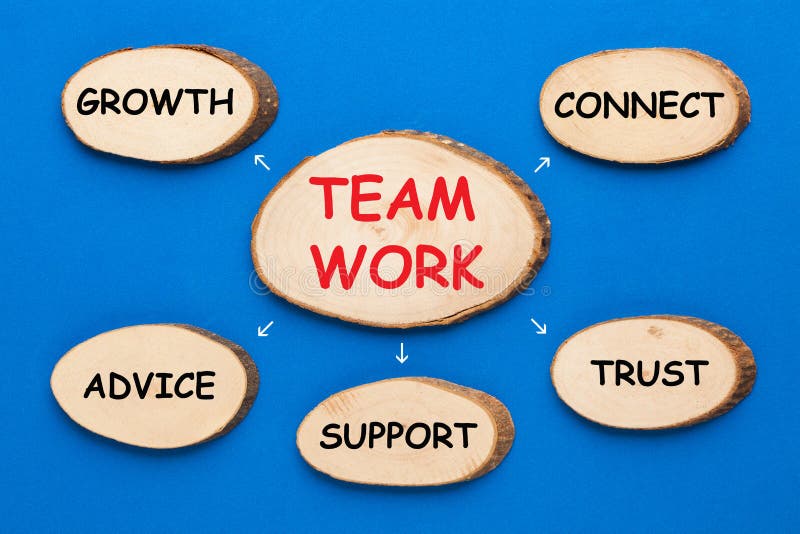
When they are finished, the team should discuss which they think are the truths and which are the lies. Go around the group, one at a time, and have them read the truths and lie in random order. not “I’ve been to Mars”), and the tenor of the truths and lies should not be offensive or crude. The lie should be believable to some extent (i.e. Instruct them to write down three truths and one lie. Give each team member four identical slips of paper, or have them use their laptops if they’re remote. By forcing these ideas to have equal footing, each team member’s ability to contribute is established. As you work as a team, brainstorming sessions often sway towards the vocal and dominant personalities even though other team members have valuable ideas, too. Purpose: This exercise shows the value of everyone’s ideas. You may want to choose a fictional problem that allows you to reveal one aspect of the challenge each round. Continue for several rounds, and then see what the results are. Have them pass the paper to the person on their left, and instruct them to use the new idea to build another solution upon. They only need to write a sentence or two. Assemble your team, and have them write down an idea on a large sheet of paper. It could be a theoretical product, a brain teaser, a riddle, a design challenge - anything that needs a solution.

Ideas As Building BlocksĬreate a fictional problem that must be solved. It’s also a great icebreaker as participants can share their results and compare with others.
TEAMWORK SIMPLE DIAGRAMS HOW TO
By establishing how each team member works best, and how they react in different situations, they can learn how to approach each other differently to succeed in work and personal interaction. Purpose: Knowing what motivates and what demotivates other team members is powerful. During future teamwork efforts, when conflicts arise, a team member can say “remember, I am orange” and the others will know exactly what she means. These tests simplify things and create easily remembered results. The DISC personality test is a good choice, as is the True Colors personality test. Bring in a speaker, if time allows, to expound on the different personality traits, their strengths, their weaknesses, and a plan on how potential clashes can be alleviated.Ĭhoose a personality test that isn’t excessively complicated. As a group, take a personality test together. You could think of this as “what makes you ticked off”, as this is an exercise in learning about each other’s personalities and seeing what kind of personalities will clash. Doing this will avoid one team from getting frustrated or upset when they’re not involved at a certain point of a project.Here are 32 team building games to choose from, and none of them involve trust falls (whew): 1. For example, marketing might be informed of a new feature launch, but only consulted when it comes to the feature-walkthrough communications. By outlining these responsibilities, every team knows when they will be involved across each project. RACI charts also reduce friction when it comes to cross-functional collaboration.

Making sure everyone on the team knows and understands their role and the roles of their teammates is the best way to help a team succeed, and the RACI framework is a great tool for accomplishing that. There’s no new technology that’s a magic bullet for making collaborative projects easy and streamlined. Plotting out team stakeholders’ roles in a chart may seem old fashioned, especially in an era when so much of what we do at work is aided by fancy new technology tools like automation.īut when it comes to working successfully and collaboratively on a team, there are no quick fixes. Discuss roles with all stakeholders before beginning work, and resolve any conflicts or ambiguities at the start of the project. Share the RACI chart with the entire team.This helps streamline the work and ensure there’s no duplication of work. Resolve any conflicts where more than one stakeholder is accountable for a specific task. Ensure that for each task, there is no more than one person who is accountable.

Make sure every task has at least one person responsible for it.Complete the cells for each step, identifying which stakeholder has which role: Responsible, Accountable, Consulted, or Informed.Identify every stakeholder working on the task, project, or goal, and list them across the top row.List those steps in completion order on the left side of your chart. Break down your task, project, or goal into all the steps required to achieve it.The simplest way to create a RACI chart, also known as the responsibility matrix, is to follow these six steps.


 0 kommentar(er)
0 kommentar(er)
